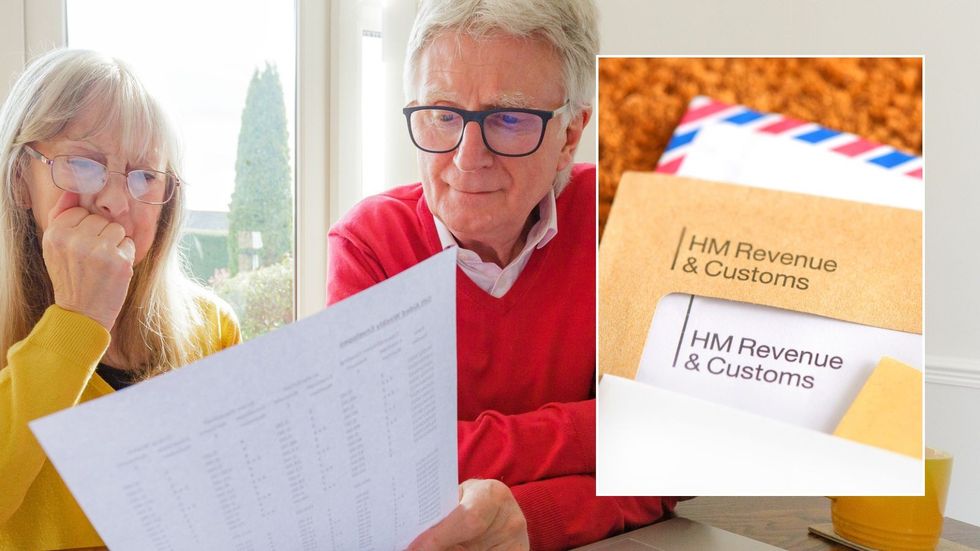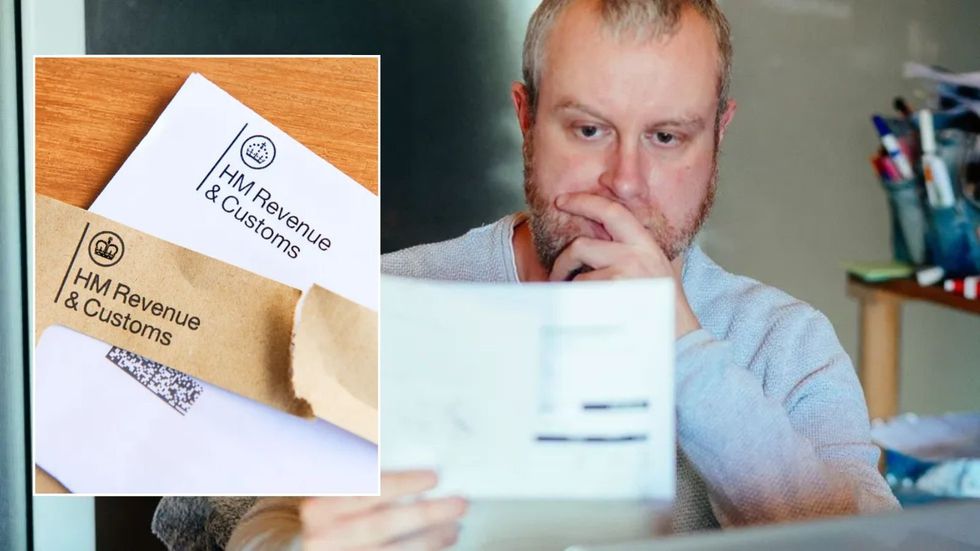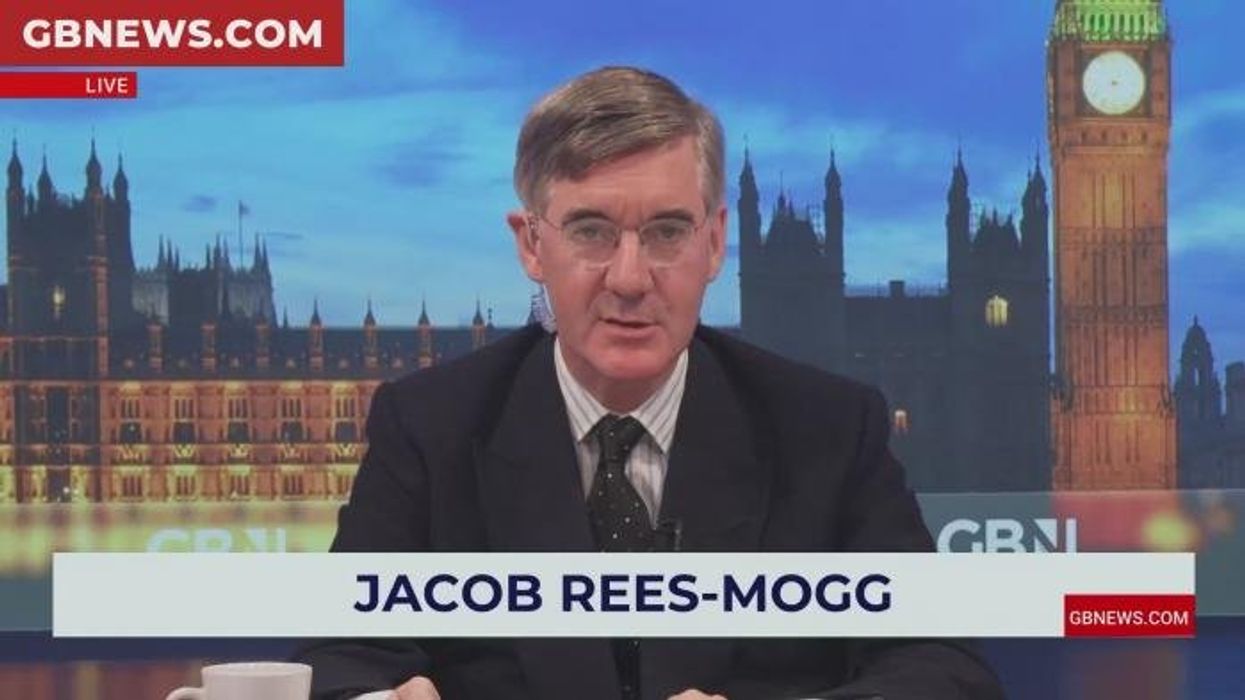The £1 pension trick that could save you thousands in HMRC emergency tax

Pension savers lost £44million to HMRC overcharges
Don't Miss
Most Read
Pension savers are turning to a clever workaround known as the £1 trick to avoid being hit with thousands of pounds in tax overpayments.
The method involves making a small withdrawal before taking a larger amount from a pension pot - forcing HMRC to issue a correct tax code and preventing an emergency tax charge.
Experts say this simple step can prevent savers from losing hundreds or even thousands of pounds to HMRC’s outdated system.
Clare Moffat, pensions expert at Royal London, said: "Taking out £100 may still be enough to generate a tax code from HMRC that the provider can apply," though some firms will accept requests for as little as £1.
Once that code is in place, the next withdrawal should be taxed correctly.
The trick has become a popular tip among retirees after new figures revealed pension savers were overcharged by £44million in the first quarter of 2025 alone.
More than 15,000 people were forced to claim refunds after being hit with excessive emergency tax, each losing an average of £2,881.
The issue stems from how HMRC handles first-time flexible withdrawals.

Pension savers are using a savvy £1 tactic to sidestep costly tax overpayments
| GETTYWhen someone aged over 55 takes money from their pension, the system assumes it will be a regular monthly payment rather than a one-off lump sum.
That assumption triggers emergency tax rates that are often far too high.
David Gibb, a chartered financial planner at Quilter Cheviot, said: "HMRC doesn't yet have an up-to-date tax code for the individual's pension provider, meaning they default to a higher estimated rate due to a quirk in how the PAYE system works."
Since pension freedoms were introduced in 2015, anyone over 55 can access their savings flexibly.

Pension freedoms were introduced in 2015
| GETTYWhile the first quarter of withdrawals is tax-free, the rest is taxed — but HMRC’s outdated system often calculates this incorrectly.
Helen Morrissey from Hargreaves Lansdown said: "Someone withdrawing £20,000 could face an emergency tax bill of £7,379 when they should only pay £1,484 as a basic-rate taxpayer."
That leaves nearly £6,000 of someone’s own money temporarily tied up until HMRC processes a refund.
Those affected must complete one of three forms — P55, P53 or P50Z — to reclaim their cash, with refunds typically arriving within 30 days.
LATEST DEVELOPMENTS:

Experts also caution that taking taxable withdrawals can trigger the money purchase annual allowance
| GETTYOur Standards: The GB News Editorial Charter











